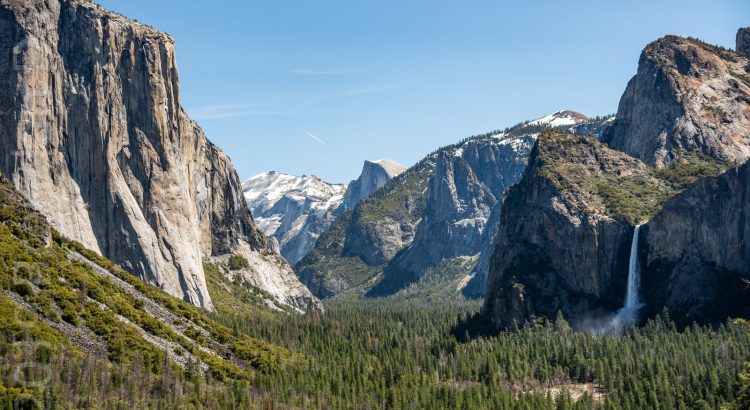The Panasonic S1 sensor is awesome, I suspect in part as it uses the same Sony sensor the A7III uses. There is not a lot difference between the tested results for these cameras.
The S1R is, well, different. The first sign there is no shared sensor with any Sony camera is the MP count. Sitting at 47.3 it is quite unique in the 40MP+ space.
So how does it compare in the 40MP plus space? Well I’m not going to lie, It’s not as good as the competition. Canon still performs the worst, and assuming the S1R is not doing any in camera NR it is better than the GFX-50S at 1 second, however at 30 seconds the GFX is better.
At 5 minutes (300 seconds) the noise reduction kicks in which is clearly visible. It looks very similar to the Fuji and Olympus cameras and their NR algorithm. The noise mean drops below the 1 second results at 5 minutes and the noise colour profile changes significantly.

There is no point me comparing it to all the other models in the 40MP+ space as all are better for low light / long exposure work based on my basic test, at least from a noise perspective. In fact older models such as the A7RII seem to perform better. However, how the camera performs in regards to dynamic range I can not say.
What I will say is this camera is a classic example of why I do these tests. Dx0 has this camera equal or above most models for overall image quality. While this may be true for standard exposure times under relatively normal lighting, it is not true for extremely low light and long exposures. For Astro Photography or any other long exposure work the field is nowhere near as close.
So for long exposure work, this is probably not the droid you are looking for.
